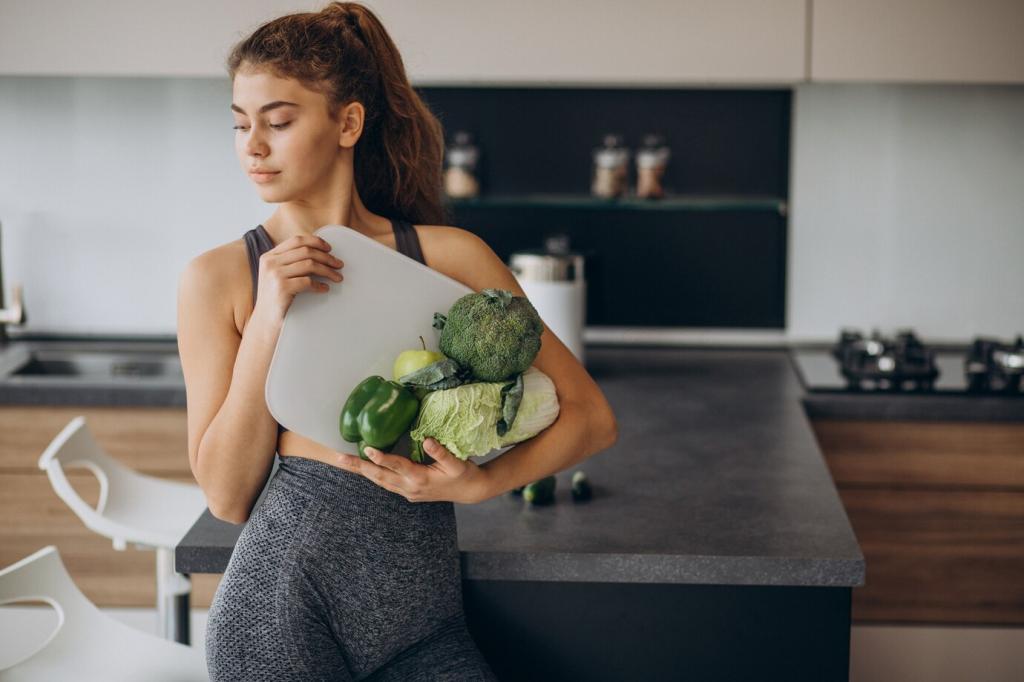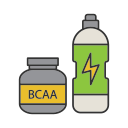Balancing Macros in Athlete Meal Prep
Welcome to our feature on Balancing Macros in Athlete Meal Prep. Discover practical strategies, inspiring stories, and coach-tested frameworks to fuel performance with purpose. Stick around, comment with your goals, and subscribe for weekly macro-balanced prep plans tailored to busy training schedules.
Protein: Repair, Adaptation, and Lean Strength
From lean poultry to tofu and Greek yogurt, protein helps rebuild muscle after training and supports adaptation. Aim to include 20–40 grams per meal, evenly distributed, to maximize muscle protein synthesis and keep recovery rolling throughout your day.
Carbohydrates: Glycogen, Pace, and Precision
Carbs refuel glycogen and stabilize intensity. Use slow-digesting sources like oats or brown rice for daily fuel, and quick carbs like fruit or rice cakes around sessions. Periodize intake based on training load to match energy needs without overshooting.
Fats: Hormones, Satiety, and Endurance
Healthy fats support hormones and endurance. Include avocado, olive oil, nuts, or seeds in measured amounts. Keep pre-session fat lower for faster digestion, then use balanced portions later to sustain energy and control hunger over long days.

Designing a Macro-Balanced Plate
The 4-Quadrant Athlete Plate
Divide your plate into protein, complex carbs, colorful produce, and fats. Adjust carb quadrant larger on intense days, and expand veggies and protein during lighter sessions. This flexible template keeps macros balanced without constant weighing.
Portion Anchors That Reduce Guesswork
Use hand-size guides: one palm of protein, one to two cupped hands of carbs, a thumb of fats, and two fists of vegetables. These anchors translate easily in cafeterias, travel buffets, and home kitchens while keeping macros close to plan.
Seasoning Without Skewing Macros
Lean on herbs, citrus, vinegars, and spice blends to add flavor without derailing macro targets. Build simple sauces from yogurt, mustard, or salsa, then log small additions to maintain consistency across your prep week.
Cook Once, Mix Many
Batch proteins like shredded chicken, baked tofu, or turkey meatballs; prepare grains and roasted vegetables. Combine them into different bowls or wraps through the week. Rotate sauces and textures to maintain variety while preserving your macro ratios.
Labeling, Logging, and Iterating
Weigh cooked components once, record macros, and label containers clearly. Reuse the same recipes for four weeks to gather performance and hunger data. Adjust portion sizes by small increments to dial in energy without losing flavor or momentum.
Storage That Protects Quality
Use airtight glass containers to prevent moisture loss and flavor transfer. Freeze extras in individual portions and defrost overnight. Quality storage reduces waste and keeps macro calculations accurate from Monday’s lunch to Friday’s dinner.



Macro Balance for Different Diet Preferences
Plant Proteins That Pull Their Weight
Combine legumes with grains—like lentils and quinoa—to improve amino acid profiles. Add tofu, tempeh, seitan, or pea-based protein powders. Measure cooked portions consistently, and season generously to make high-protein plant meals craveworthy.


Allergy-Friendly Swaps That Keep Macros Steady
Gluten-free? Lean on rice, potatoes, and gluten-free oats. Dairy-free? Use fortified soy milk or lactose-free skyr alternatives. Keep a short list of go-to swaps so you can change ingredients quickly without disrupting your macro targets.



